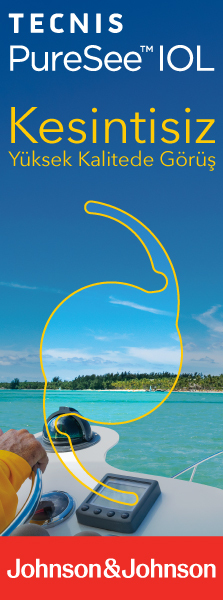2Sağlık Bilimleri Üniversitesi,Başakşehir Çam ve Sakura Şehir Hastanesi, Göz Hastalıkları Anabilim Dalı, İstanbul, Turkiye DOI : 10.37844/TJ-CEO.2025.20.13 Objective: This study aimed to evaluate the quality of YouTube content related to the retrobulbar block as a visual source of digital information.
Methods: A search was conducted on YouTube using the keyword ?retrobulbar block,? and the 50 most-watched videos were selected for analysis. The videos were evaluated and scored using three criteria: Global Quality (GQ), Journal of the American Medical Association (JAMA), and Retrobulbar Specific Quality (RBSQ) scores.
Results: The average length of the analyzed videos was 357 seconds, with a mean view count of 51.80. On average, the videos received 212.24 ?likes? and no ?dislikes?. Additionally, the average number of comments per video was 8.16. Videos uploaded by individual physicians received significantly more ?likes? compared to those uploaded by healthcare institutions (p<0.01). However, no other statistically significant differences were found between videos based on the uploader type. The inter-rater ICC coefficients were determined to be 0.878, 0.765, and 0.882 for GQ, JAMA, and RBSQ, respectively.
Conclusion: The videos analyzed in this study had high-quality ratings. Since all were created by physicians and healthcare institutions, this high quality is likely due to their expertise.
Keywords : Global Quality Score, JAMA Score, Retrobulbar Specific Quality Score, YouTube, Retrobulbar Block




